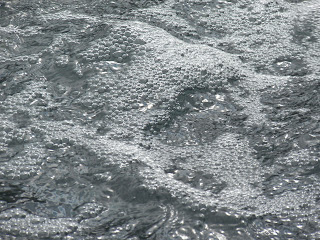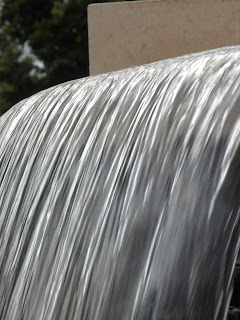Light is defined as "something that makes things visible or affords illumination". Light can go beyond the practical definition of making things visible by being the thing to be viewed itself. Light artists such as Dan Flavin explore the aesthetic properties of light, exploring color, form, and artistic ordering. Flavin's style is minimalist, using florescent rods of light to make interesting light effects. This style is very different from other artists such as Paul Friedlander, who captures morphous shapes in light sculptures such as "Timeless Universe" and "The Wave Factory". Flavin's linear style creates striking statements, as seen in the images below. I find the light display made for the Luis Vuitton window most interesting, the colors he used are very eye-catching and pleasing to look at, the use of glass and other reflective surfaces causes the eye to travel beyond the light rods themselves, and this particular work is multi-dimensional unlike some of Flavin's other works.

This particular work was designed for a Luis Vuitton display in New York City.
http://www.lipsticktracez.com/jaymie/2008/05/louis-vuitton-does-dan-flavin.php
Dan Flavin's "Untitled (To You, Heiner, With Admiration and Affection)" in the atrium of the National Gallery in Washington.
http://www.nytimes.com/2004/10/01/arts/design/01KIMM.html?_r=1
untitled (in honor of Harold Joachim) 3, 1977, by Dan Flavin
http://www.nytimes.com/2004/10/01/arts/design/01KIMM.html?_r=1
Monument for V. Tatlin, 1966 http://www.ressleart.com/past.htm
Other sources:
http://dictionary.reference.com
http://www.paulfriedlander.com/









































